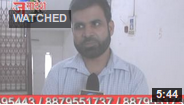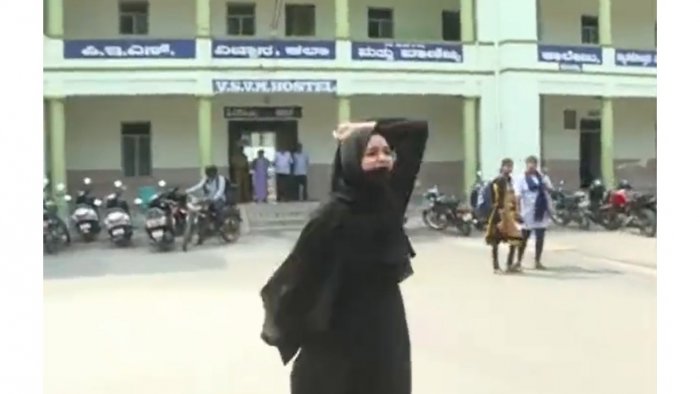

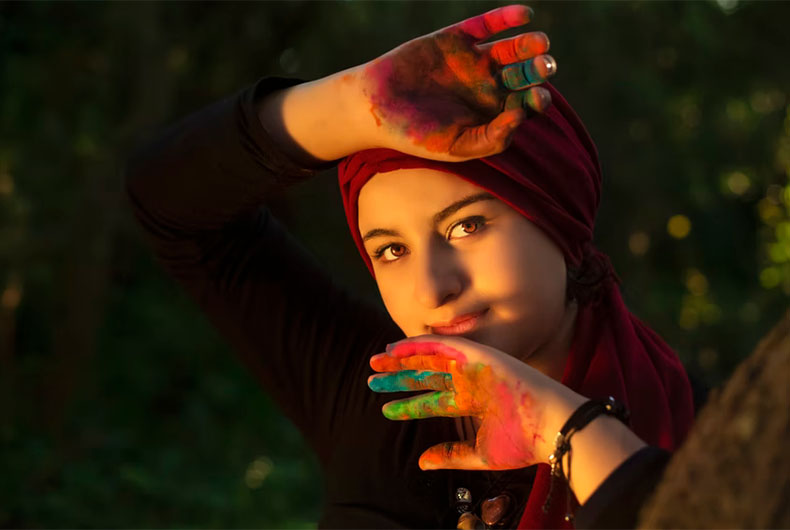
No enthusiasm in India for World Hijab Day
There is little enthusiasm in India to celebrate ‘World Hijab Day’ that falls on February 1, each year There is little enthusiasm in India to celebrate ‘World Hijab Day’ that falls on February 1, each year. Hijab is a headscarf that covers the hairs, neck, and upper...

Parties using Songs for Campaigning in 2022 UP Polls, Here are some
Political parties have now started making music for electioneering after the Election Commission imposed restrictions on physical campaigning Lucknow: Political parties have now started making music for electioneering after the Election Commission imposed restrictions...

Video | Trolley Times co-editor Navkiran Natt on farm movement and its future
Navkiran Natt was one of the founders of Trolley Times. Others are Jassi Sangha, Surmeet Maavi, Gurdeep Dhaliwal, Ajaypal Natt, Jasdeep Singh, and Narinder Bhinder. Speaking to Maktoob, Navkiran Natt, co-editor of Trolley Times, a newsletter that sprouted during...
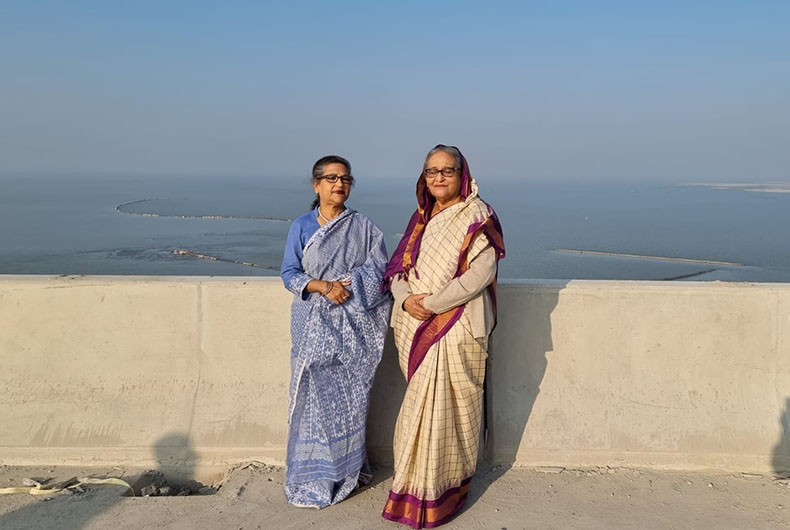
Hasina makes 1st visit to Padma Bridge after winning challenge with World Bank
Hasina reached the bridge soon after 7 a.m. on Friday, and took a two-kilometre stroll on it with her sister Dhaka: Bangladesh Prime Minister Sheikh Hasina, accompanied by her sister Sheikh Rehana, on Friday visited the Padma Bridge for the first time after winning...
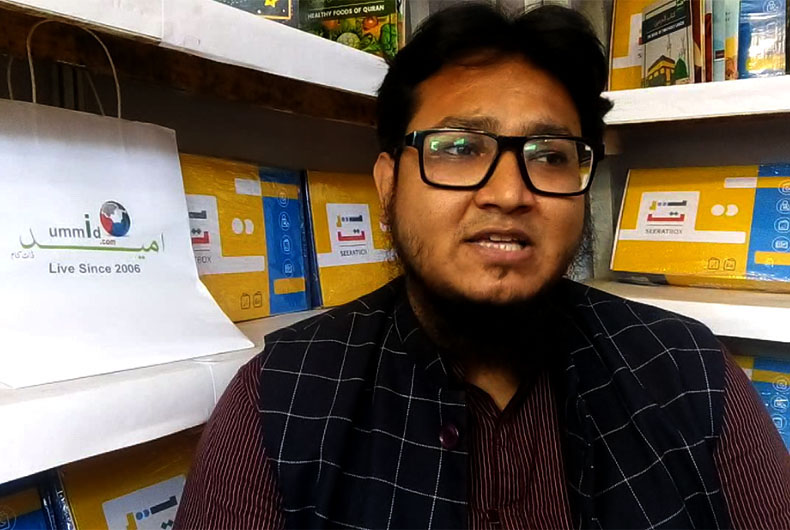
This stall sold ‘CONCEPT’ at NCPUL’s Urdu Kitab Mela in Malegaon
“Seerat Box” is a collection of 11 books, 05 different types of work and activity sheets, and necessary objects to make 3-D models Malegaon: Amid deaths and destruction that the Covid-19 is inflicting on human life, damages that the Pandemic is causing to...
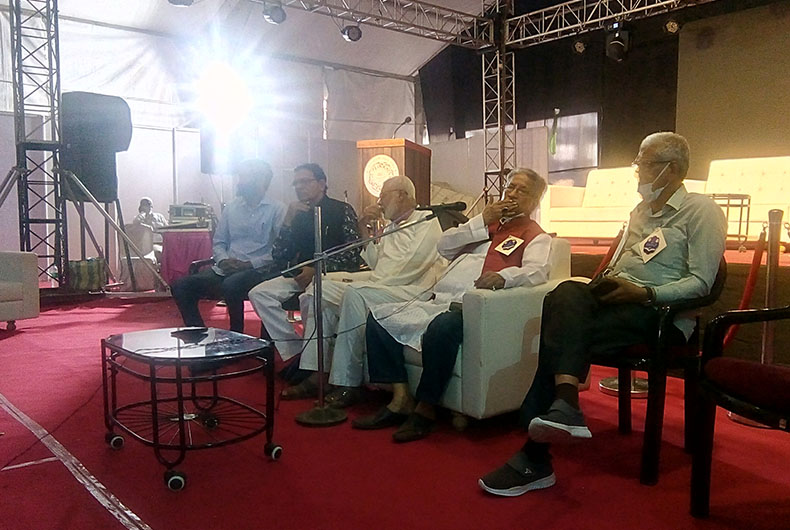
“Statesman …”: Hasan Kamal on Imran Khan at NCPUL’s Urdu Kitab Mela
At NCPUL's 24th Kul Hind Urdu Kitab Mela in Malegaon, Hasan Kamal mesmerised the audience by his popular “Kal khawab mein dekha sakhi maine piya ke gaon re” Malegaon: While heaping praise on Imran Khan, noted journalist Hasan Kamal while addressing a program held on...

Leave now on ‘moral ground’: Nagaland’s tribal body to Assam Rifles
Konyak Union, an influential tribal body in Nagaland, has sent a memorandum to the President, seeking removal of the Armed Forces Special Powers Act (AFSPA) from the entire North East region and action against the soldiers involved in the civilian killings. 14 members...
